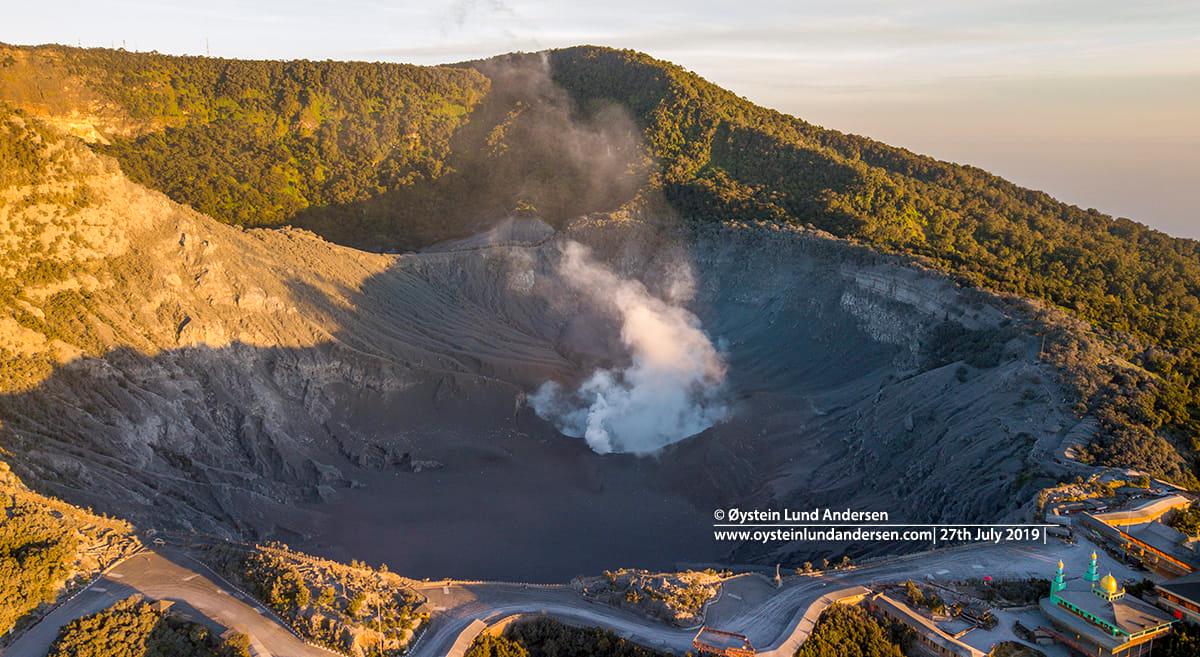July 27, 2019. EN. Indonesia : Tangkuban Parahu , Japan : Asosan , Italy : Stromboli , Mexico : Colima , Indonesia : Karangetang .
July 27 , 2019. Indonesia , Tangkuban Parahu : VOLCANO OBSERVATORY NOTICE FOR AVIATION - VONA. Issued: July 26 , 2019 . Volcano: Tangkuban Parahu (263090) Current Aviation…

